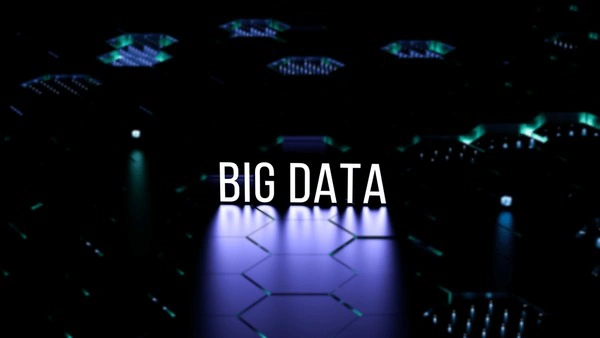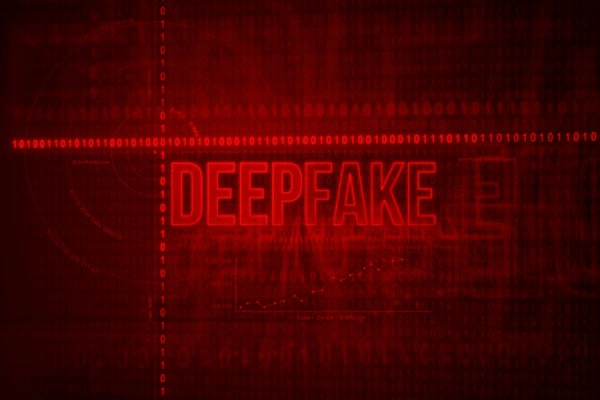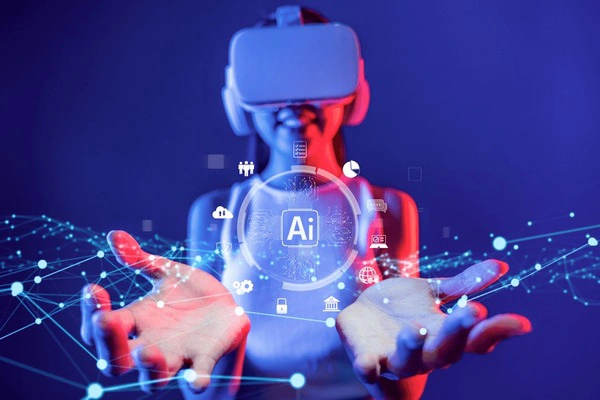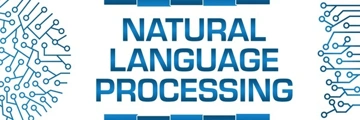
The Power of Text Similarity in the Digital Age
Text similarity measures how alike two pieces of text are using algorithms and computational linguistics, impacting plagiarism detection and recommendation systems.
Sophie Reed
29/11/2024 - 7 months ago

Understanding Text Similarity
Text similarity is a fascinating concept that plays a crucial role in how we interact with digital content today. Essentially, it involves comparing two or more pieces of text to measure how alike they are. This might seem like a straightforward task for humans, but when it comes to computers, the process is much more complex. Using mathematical models and sophisticated algorithms, computers can analyze the words, phrases, and even the context to determine similarities. This technology is the backbone of many systems we use daily, from search engines to recommendation systems.
Computational linguistics, a field at the intersection of linguistics and computer science, provides the tools needed for text similarity. It allows computers to understand and process human language in a way that makes sense. By breaking down sentences into smaller parts, known as tokens, machines can evaluate the similarity between texts with surprising accuracy. This process helps in a variety of applications, such as detecting plagiarism, where the goal is to find copied content between different documents.
For individuals and businesses alike, understanding text similarity can be beneficial. It empowers content creators to ensure originality and helps companies provide better search and recommendation services. By leveraging these tools, businesses can enhance user experience, making it easier for users to find relevant information quickly. As digital content continues to grow, the importance of text similarity will only increase.
The Role of Algorithms in Text Similarity
Algorithms are the secret sauce behind text similarity. They are sets of rules or instructions that computers follow to perform tasks. In the context of text similarity, algorithms help computers compare large volumes of text quickly and efficiently. One popular algorithm used is the cosine similarity, which measures the angle between two vectors in a multi-dimensional space. This might sound complicated, but essentially, it compares how often words appear together in different texts.
Another commonly used method is the Jaccard similarity, which calculates the number of words shared between two texts divided by the total number of unique words. This provides a score that indicates how similar the two texts are. These algorithms are powerful because they can handle a vast amount of data and provide results swiftly, which is essential for real-time applications like search engines and content filtering systems.
Moreover, advances in machine learning have introduced more sophisticated approaches, such as neural networks. These systems mimic the human brain's ability to recognize patterns, allowing for even deeper analysis of text. As these technologies continue to evolve, they will further enhance our ability to measure text similarity with greater precision and accuracy.
Applications in Everyday Life
Text similarity is not just a tool for tech enthusiasts; it has numerous practical applications that impact our daily lives. One significant use is in plagiarism detection, where educational institutions and publishers use it to ensure the integrity of written work. By comparing student papers or published articles against a vast database of existing content, these systems can identify potential instances of plagiarism, promoting originality and academic honesty.
In the world of online content, recommendation systems rely heavily on text similarity. Platforms like Netflix, Spotify, and Amazon suggest content based on what users have previously engaged with. By analyzing the similarity between the descriptions or reviews of different items, these platforms can recommend movies, music, or products that align with a user's preferences, enhancing the overall user experience.
Another everyday application is in search engines. When you type a query into Google, text similarity algorithms help find the most relevant pages. They match your search terms against millions of web pages to find content that best answers your question. This process ensures that users receive accurate and useful information quickly, making the internet a more efficient tool for finding knowledge.
Future Trends and Implications
As technology continues to advance, the future of text similarity looks promising. With the rise of artificial intelligence, we can expect even more sophisticated tools for analyzing text. These advancements will likely improve the accuracy and speed of text comparison, offering even more refined results for end-users. This could lead to better personalization in digital services, making our online interactions more intuitive and tailored to individual preferences.
However, with these advancements come important considerations. Privacy and data security are paramount as text similarity tools often require access to large amounts of personal data. Ensuring that these systems are designed with user privacy in mind will be crucial. Ethical considerations will also play a significant role, as the potential for misuse of such technology exists, particularly in areas such as surveillance and data mining.
In conclusion, text similarity is a powerful tool that will continue to shape how we interact with digital content. Its applications are vast, from enhancing search engines to improving recommendation systems. As we look towards the future, the challenge will be to harness these technologies responsibly and ethically, ensuring they benefit society as a whole while respecting individual rights and privacy.


















